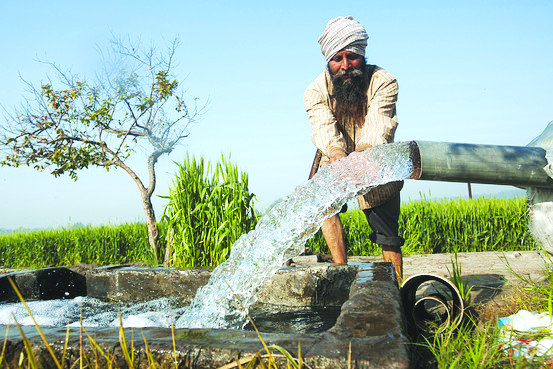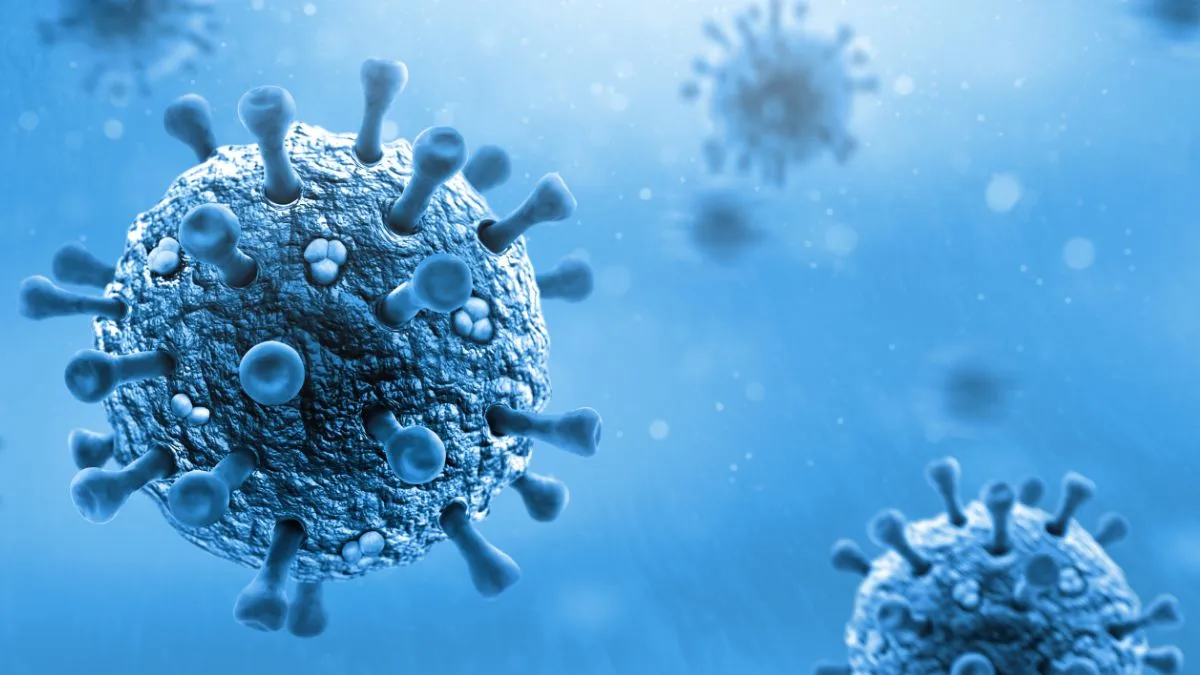While both rural and urban water supplies in Haryana are funded through various central and state government-sponsored schemes, rural water supply in the state is under the jurisdiction of the Public Health Engineering Department, which caters to the water supply requirement of 1.65 crore rural population (as per 2011 census).
A CAG report on Wednesday revealed that the department has “entirely failed” to meet expectations on several fronts and pointed out that the report mentions several irregularities. It was found that there has been a shortage in the stipulated supply of water in rural and urban areas along with poor water quality, which is a matter of “serious concern”. Further, the CAG report stated that the department failed to collect the tariffs on the water in both rural as well as urban areas. It is worth noting that the monthly tariff of water charges in Haryana has been set at Rs 40 for general category beneficiaries and Rs 20 per month for Scheduled Caste (SC) category beneficiaries in villages that do not fall under any municipal area.
Data revealed that water user charges amounting to Rs 263.64 crore (Rs 128.17 crore in rural and Rs 135.47 crore in urban) were to be recovered from the consumers from April 2016 to March 2021. However, the public health engineering department only recovered about Rs 76.30 crore, leaving a balance of Rs 187.34 crore (rural: Rs 119.29 crore; urban: Rs 68.05 crore) during this period. The norms for drinking water supply in rural areas were formulated as per the guidelines of the central-sponsored Jal Jeevan Mission 55 liters per capita were alloted for non-desert areas and 70 liters per capita per day for desert areas/NABARD funded projects. As of July 2022, there were 1,737 habitations in rural areas that were water stressed (below the 55 litres per capita per day norm). Also as of March 2021, nine of 89 cities were water stressed (below the norm of 135 litres per capita per day).
The maintenance and implementation of water supply in urban areas is done by three departments namely Public Health Engineering Department (PHED), Urban Local Bodies (ULB) and Haryana Urban Development Authority (HSVP). The CAG report has also revealed that the water supplied to homes is neither fit for drinking nor is it being provided in the prescribed quantity. Apart from this, water samples were taken from 25 places in Haryana and of these, one set was sent to the laboratory of the Public Health Engineering Department (PHED) in Karnal while the other was sent to Shri Ram Institute of Industrial Research, New Delhi for analysis. According to the report, the purity of water has not met the set standards. Whereas, at 23 out of 32 places, the water supply was found less than the per capita supply. Whereas, 3.16 lakh connections in urban areas did not have meters. In 2017-18, the Department forwarded (April 2017) the demand for funds (Central share of Rs 26.06 crore and State share of Rs 19.74 crore) under the National Rural Drinking Water Program to the Finance Department, Haryana. A letter of Credit (LOC) of Rs 26.06 crore as a Central share was issued ( May 2017) by the Finance Department but the corresponding state share (Rs 19.74 crore) was not released until October of that year.

















